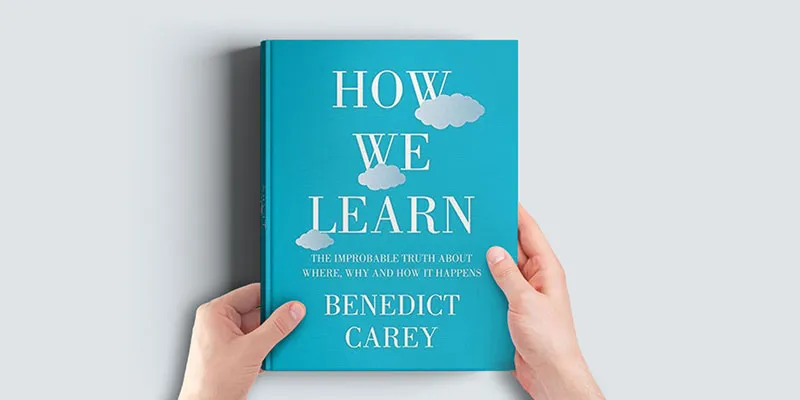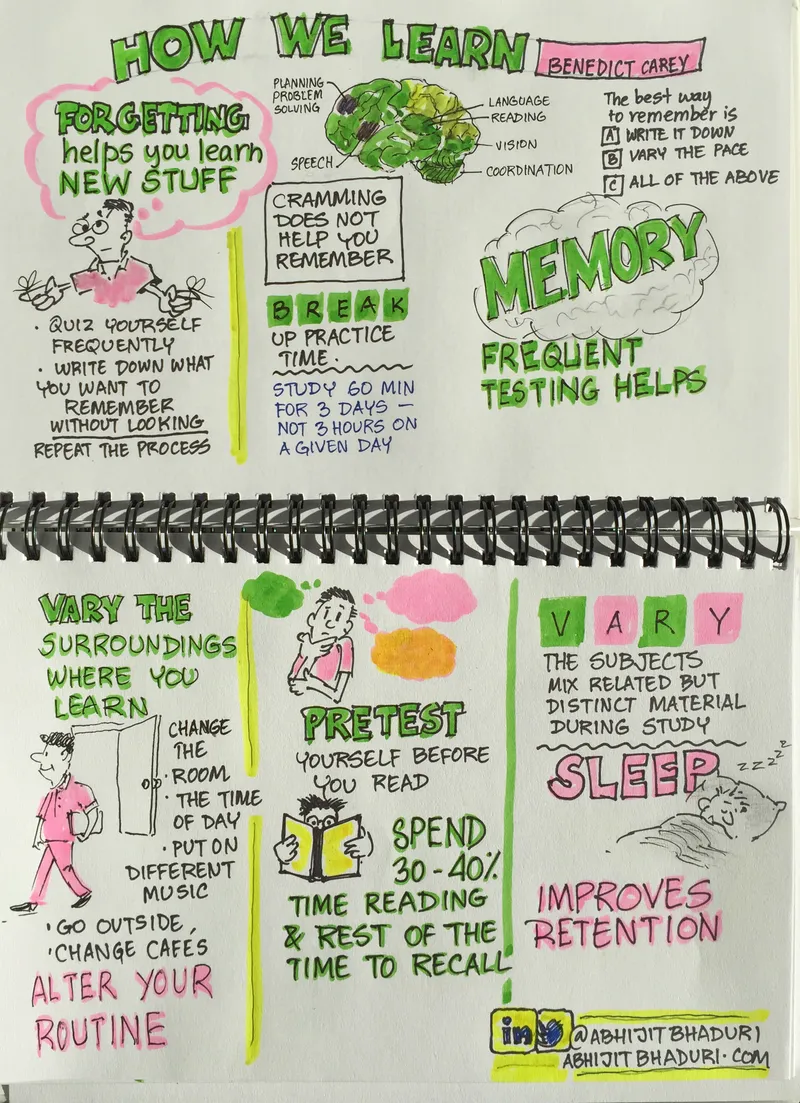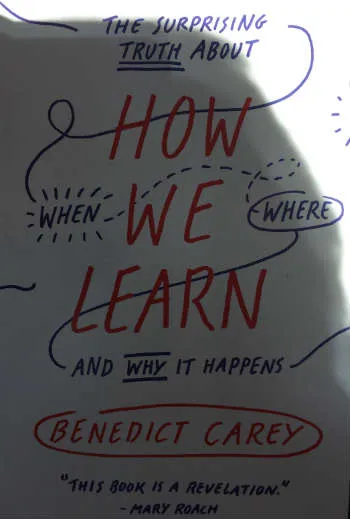Benedict Carey’s ‘How We Learn: The Surprising Truth about When, Where, and Why It Happens’ is a book that delves deep into how and why we learn, and also guides us on what works and what doesn’t, busting a few myths – such as the sacredness of cramming for exams – along the way.
Every family has that one cousin who does everything right. In my case, that cousin had a study routine that she followed every single day throughout the year. She had that calendar pasted on her wall, with all her study hours allocated. Unlike the rest of us, she never put the radio on while she had her nose buried in her books. When she studied, the entire house would have pin-drop silence for fear of distracting her. She would memorise the entire book before the examination. That she wouldn’t remember anything a week later was of no consequence. She got the best grades. And hence, she was the one we were jealous of.

I now wish she had read How We Learn: The Surprising Truth about When, Where, and Why It Happens by Benedict Carey, a book that explores, with the aid of research, what makes people learn. The book begins by explaining how the brain works. There is the neocortex … and what the neocortex does is… to … never mind. I don’t know why I cannot remember that now. I did try to cram up what was written about which part of the brain does what, but I have obviously forgotten it all. Carey is right. Cramming does not help you remember anything.
Should I feel bad about forgetting what I read? Carey would come to my rescue. Forgetting something is the brain’s way of doing some housekeeping. Clear up the junk and make space for what matters. Want to remember what you read? Then quiz yourself even before you start reading. It preps the brain to start organising the information. Stretch the brain and write down whatever you want to remember. But do it without referring to the material. Repeat it for best results. The cellular network that holds a memory expands and grows stronger every time that memory is recalled.

Space out the effort, Carey advises us. Instead of studying for three hours in one day, you should study for an hour on three different days. That would be more effective. Vary the material. Intersperse relatively easy material with harder content. That helps. Spend 30-40 percent of the time reading and spend the rest trying to recall what you read.
My biggest takeaway from this book was that varying your surroundings helps to build the learning muscle. Change the room where you study. Try to read at different times of the day. If you are used to studying at your desk, try another room. If you like to read at a café, change the café where you work. Put on different kinds of music. In short, do what you can to alter your routine.
Pulling an all-nighter before the exams is a bad idea. Get some sleep instead. Carey says, “Deep sleep in the first half of the night is best for retaining hard facts – names, dates, formulas, concepts. So, for fact-heavy tests, go to bed early the night before. But the hours before waking help consolidate motor skills and creative thinking. So, if you’re preparing for a music recital or sporting event, you might stay up a bit later and have a lie-in.”

Carey ends with eleven very useful questions. The book is worth reading just for them. These are eleven questions you and I have always had. I will give you a taste of just one of them:
Q. There’s so much concern that social media and smartphones and all manner of electronic gadgets are interfering with learning – and even changing the way people think. Is this merited? Is distraction always bad?
A: No. Distraction is a hazard if you need continuous focus, like when listening to a lecture. But a short study break — five, ten, twenty minutes to check in on Facebook, respond to a few emails, check sports scores – is an effective distraction technique to help you solve a problem when you’re stuck.
If you like that answer, check out the other ten questions in the book. I know what I’m going to do. I am now better prepared to inform my cousin about the scientifically proven method for learning.
(Disclaimer: The views and opinions expressed in this article are those of the author and do not necessarily reflect the views of YourStory.)







